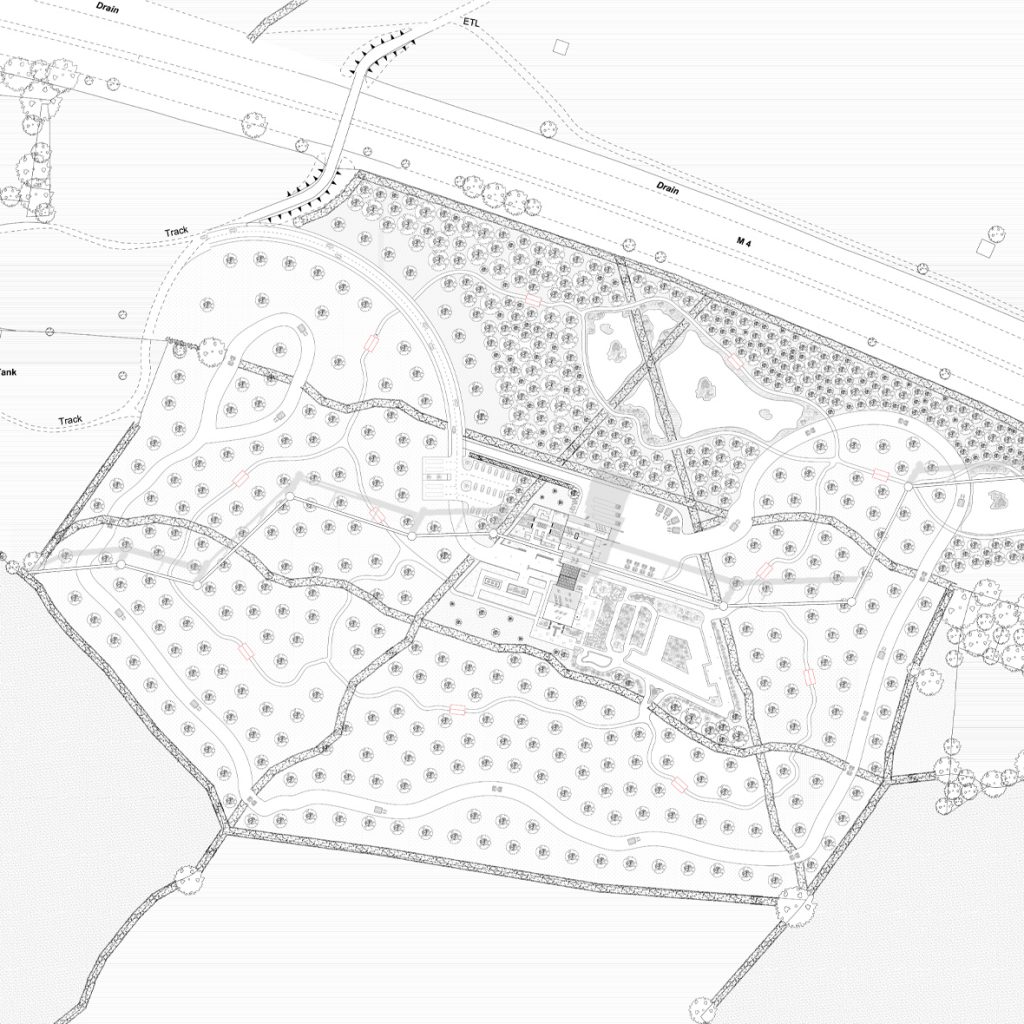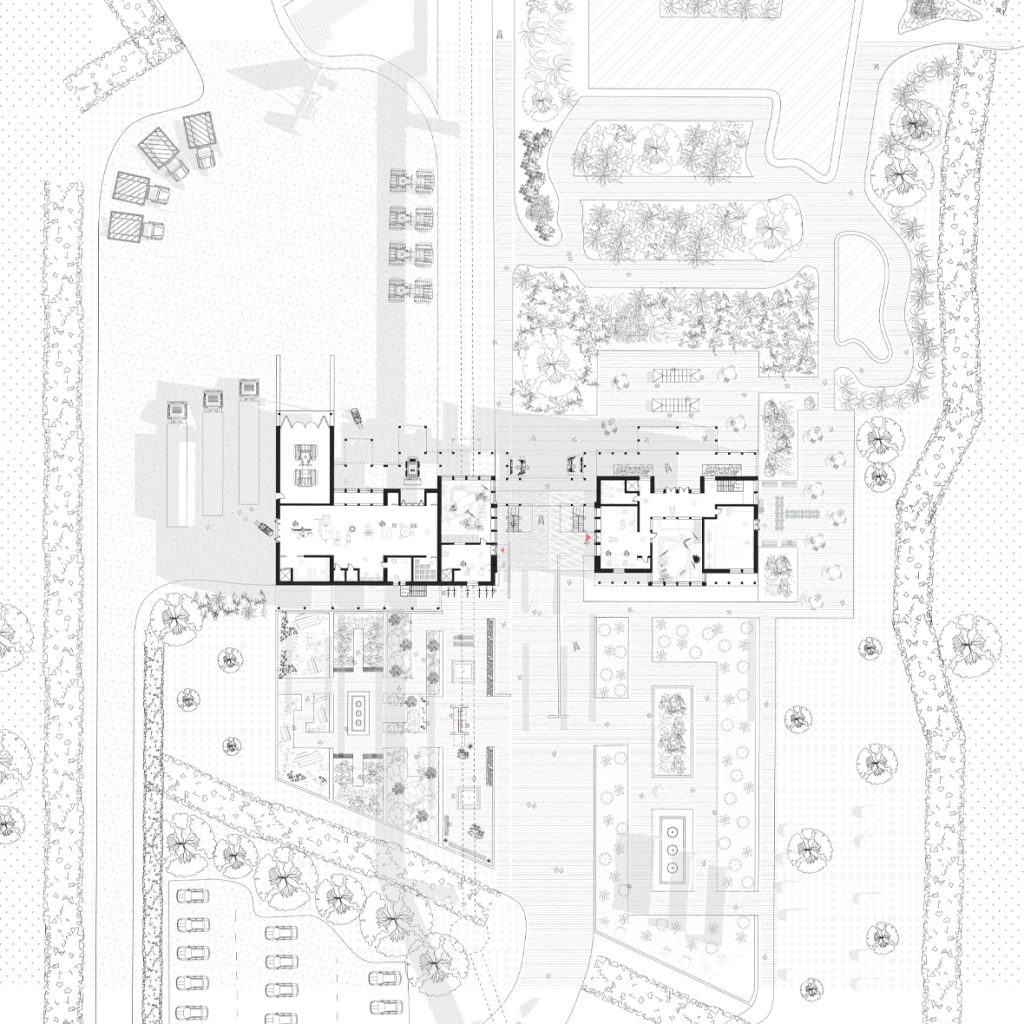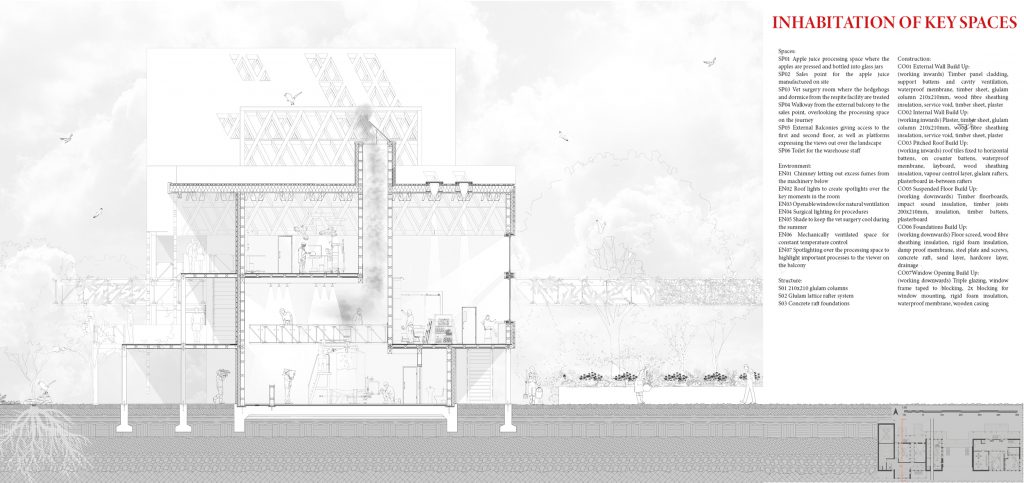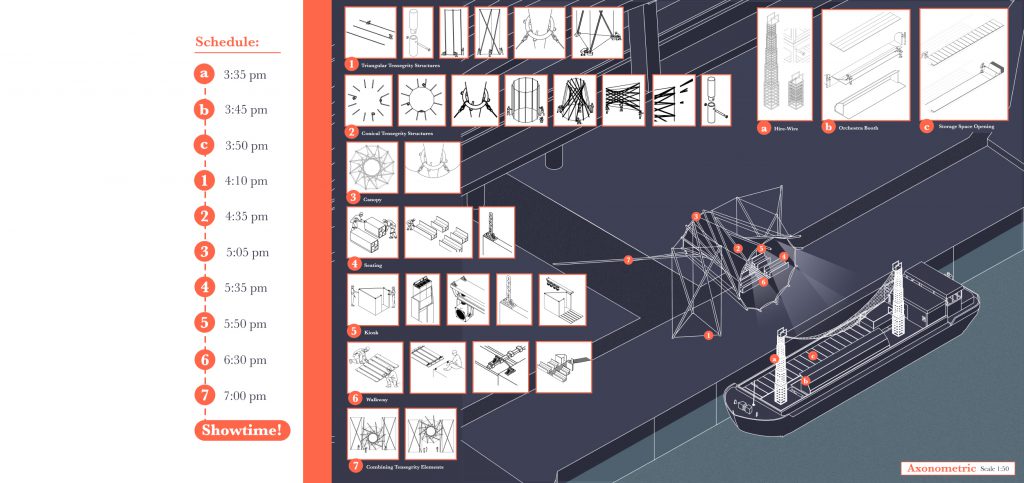Rosie Clark
Revival of the Orchard
Orchards are hotspots for wildlife as they are composed of a network of habitats, including homes for a number of species under the National Biodiversity Action Plan (BAP) like dormice, tree sparrow, great crested newt, noble chafer, and stag beetle.
This project provides an opportunity to reintroduce some of the dying species of countryside animals into a new Traditional Orchard environment, allowing nature to flourish and provide a safe space for rewilding, respite, and breeding.
This project would be one of the first projects to embrace the new ‘Environmental Land Management’ system by creating a landscape designed for the reestablishment of biodiverse ecosystems.
The site will include a Traditional Apple Orchard, which will provide a source of food to the wildlife as well as the locals, bringing back the sense of community that farming once fostered. The uneaten apples can be harvested into apple juice that will be sold near the site. The site will also include a respite and care facility for dormice, as well as an animal bridge crossing the M4 to expand their population further afield. An endangered breeding facility will work with birds (lesser woodpecker, yellowhammers, turtle dove) to increase their population. All of these animals are part of the UK BAP (biodiversity action plan).
Orchards are hotspots for wildlife as they are composed of a network of habitats, including homes for a number of species under the National Biodiversity Action Plan (BAP) like dormice, tree sparrow, great crested newt, noble chafer, and stag beetle.
This project provides an opportunity to reintroduce some of the dying species of countryside animals into a new Traditional Orchard environment, allowing nature to flourish and provide a safe space for rewilding, respite, and breeding.
This project would be one of the first projects to embrace the new ‘Environmental Land Management’ system by creating a landscape designed for the reestablishment of biodiverse ecosystems.
The site will include a Traditional Apple Orchard, which will provide a source of food to the wildlife as well as the locals, bringing back the sense of community that farming once fostered. The uneaten apples can be harvested into apple juice that will be sold near the site. The site will also include a respite and care facility for dormice, as well as an animal bridge crossing the M4 to expand their population further afield. An endangered breeding facility will work with birds (lesser woodpecker, yellowhammers, turtle dove) to increase their population. All of these animals are part of the UK BAP (biodiversity action plan).
Cirque de la Symphonie
Phillipe Petit is a high-wire artist featured in the film ‘Man on Wire’. He typically walks and dances across high wires posted between two towers, and as a French man has had many of his major performances in Paris, including on the Paris Opera, Notre Dame, and the Eiffel Tower.
To pay tribute to Philippe Petit and his array of performances in Paris, the site is at the start of the canal traveling through Paris. The concept is that pedestrians exploring the city along the pavilion can witness his performance in the traveling circus on the barges at the beginning, and then after continuing on the path along the canal through the city, seeing all the buildings Philippe has performed on, and admire his work and past achievements. As Paris is explored by tourists, they will be the main target audience for this pop-up location.
Part 1 of this project involved designing practicing and accommodation areas on the traveling barge used to transport the circus too and from different locations, as well as design a temporary structure to house the audience on land during performances.
Part 2 of this project involves designing a semi-temporary structure that houses the circus performers, gives them facilities to practice and rest, as well as viewing areas for the audience, who will be able to view the circus performances on the barges from these seating locations.
Phillipe Petit is a high-wire artist featured in the film ‘Man on Wire’. He typically walks and dances across high wires posted between two towers, and as a French man has had many of his major performances in Paris, including on the Paris Opera, Notre Dame, and the Eiffel Tower.
To pay tribute to Philippe Petit and his array of performances in Paris, the site is at the start of the canal traveling through Paris. The concept is that pedestrians exploring the city along the pavilion can witness his performance in the traveling circus on the barges at the beginning, and then after continuing on the path along the canal through the city, seeing all the buildings Philippe has performed on, and admire his work and past achievements. As Paris is explored by tourists, they will be the main target audience for this pop-up location.
Part 1 of this project involved designing practicing and accommodation areas on the traveling barge used to transport the circus too and from different locations, as well as design a temporary structure to house the audience on land during performances.
Part 2 of this project involves designing a semi-temporary structure that houses the circus performers, gives them facilities to practice and rest, as well as viewing areas for the audience, who will be able to view the circus performances on the barges from these seating locations.












